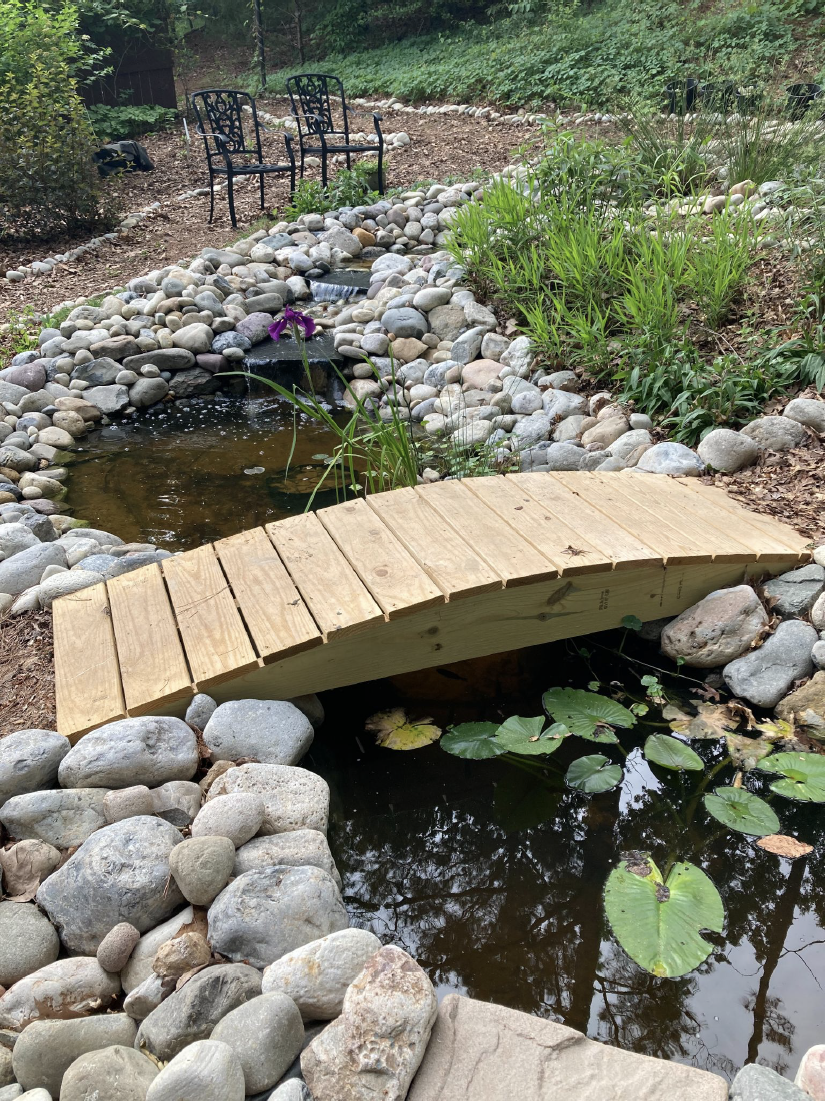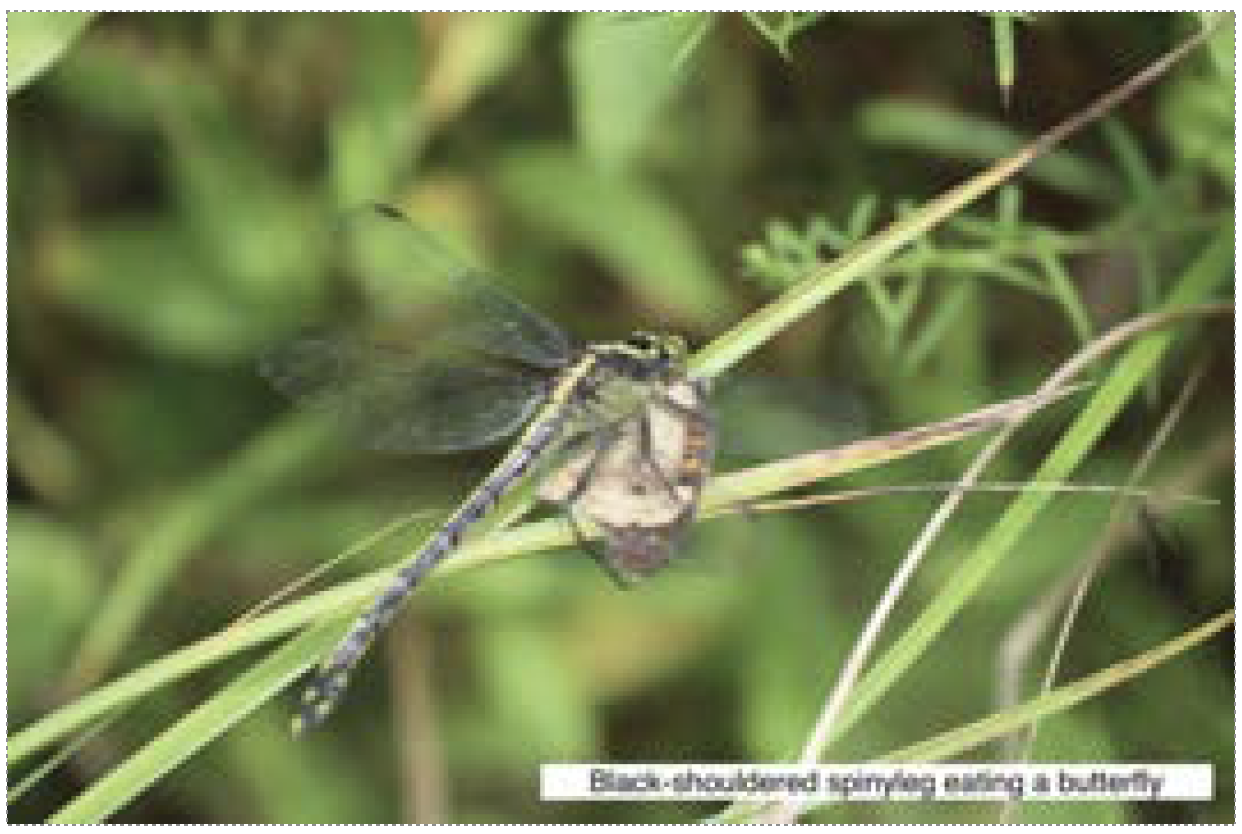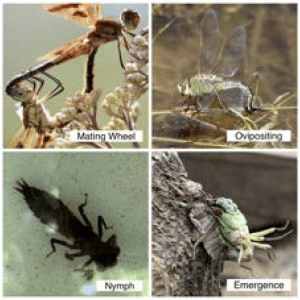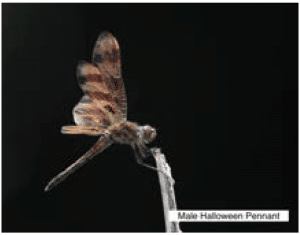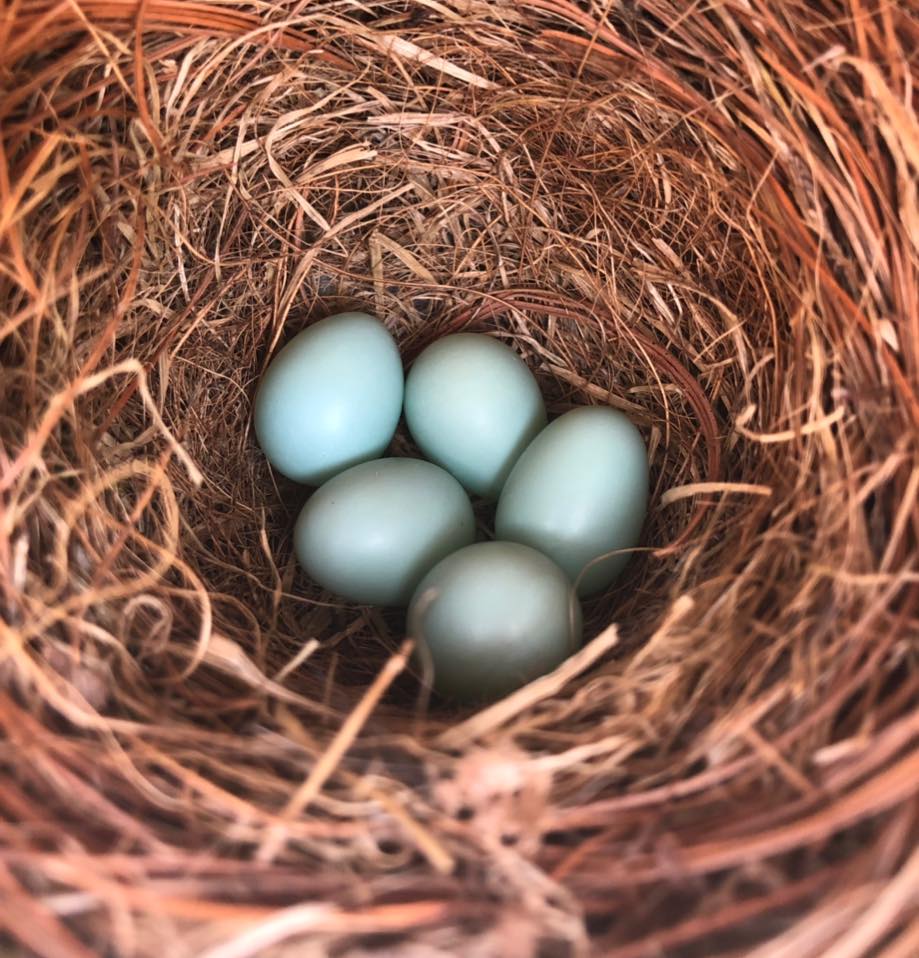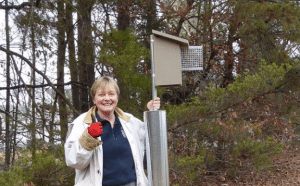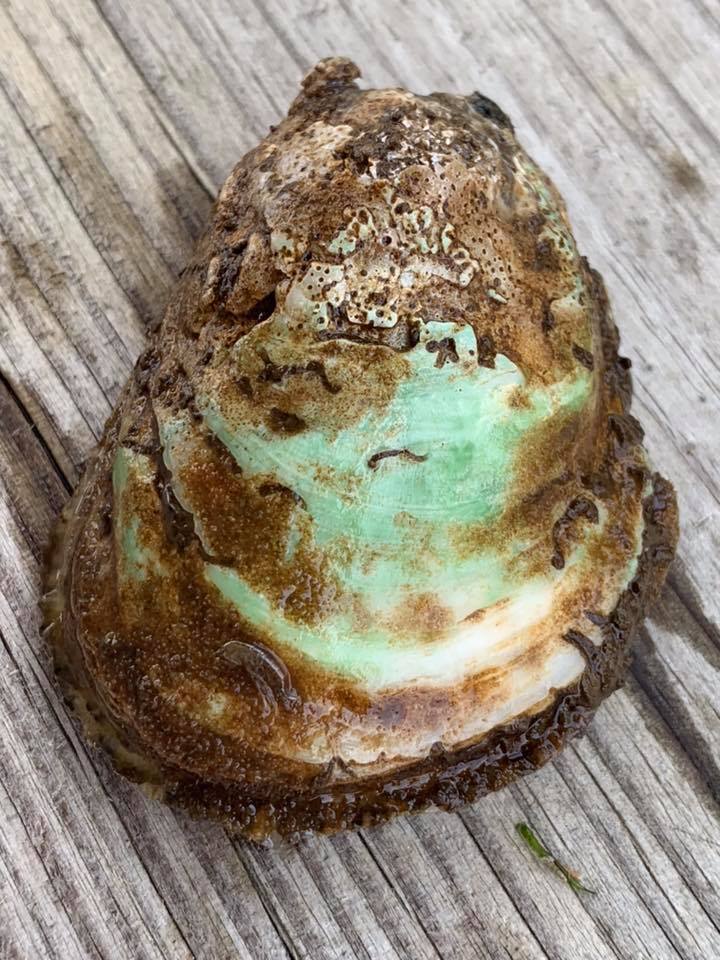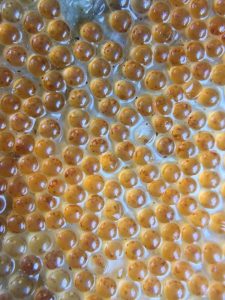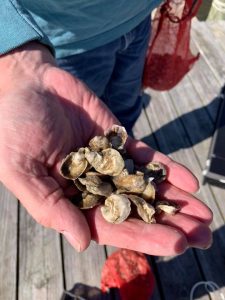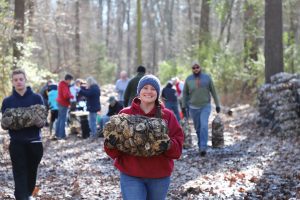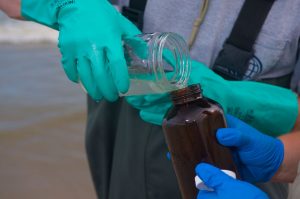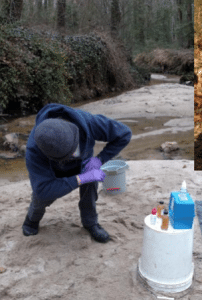By Sheryl Smith
There are many posts on social media talking about converting lawn to native plants. Some people support herbicides. Others support tilling. Both leave behind bare soil and the opportunity for unwanted seeds to germinate. Some suggest planting natives right in the lawn, letting the new plants overpower the lawn grass. I think my solution was easier and better.
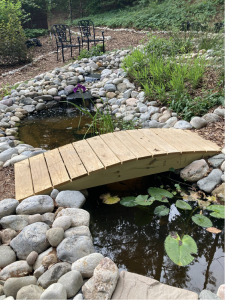
I used a combination of leaves and old wool rugs. For regular lawn grass, leaves work great! I put down a very thick layer of leaves in the fall. I let them sit undisturbed for one year. The grass was almost all killed. I pulled up the few sprigs that came through. The leaves provided a protective area of mulch for the soil, nearly eliminating germination of seeds. It worked great! I planted whatever I wanted the next fall. Cost no money, took very little effort, and was very environmentally friendly.
I needed more leaves than my trees could produce, so I posted on local social media that I was looking for bagged leaves. People happily dropped them off at my house, saving them a trip to the landfill. I put the empty bags at the street, and people took them home for re-use.
This method didn’t work for some of the other plants growing in my lawn. Violets and a creeping stoloniferous grass came up right through the leaves. (I know many violets are native, but they reseed like crazy and I wanted to limit them to one section.) For problem plants, I bought 100% wool rugs on the cheap at a local auction (Cannon’s auctions). An old, large, stained wool rug is often under $5. I dragged them out in my yard and quickly covered them with leaves before the neighbors saw them and thought I’d lost my mind. The violets and creeping grass could not break through (I only had a little creeping grass. One would need to cover the whole trailing plant.) After a year I planted natives, cutting holes in the remaining bits of rug where necessary. The rugs mostly broke down in 1-2 years, vanishing into nothing. I did find that one of them had a bit of polyester in the structural part, which is annoying, and one rug is so thick that it has taken over 2 years to break down. There is a risk of the chemicals that may have been used in the dyes, but I am guessing it is a lower risk than using an herbicide.
